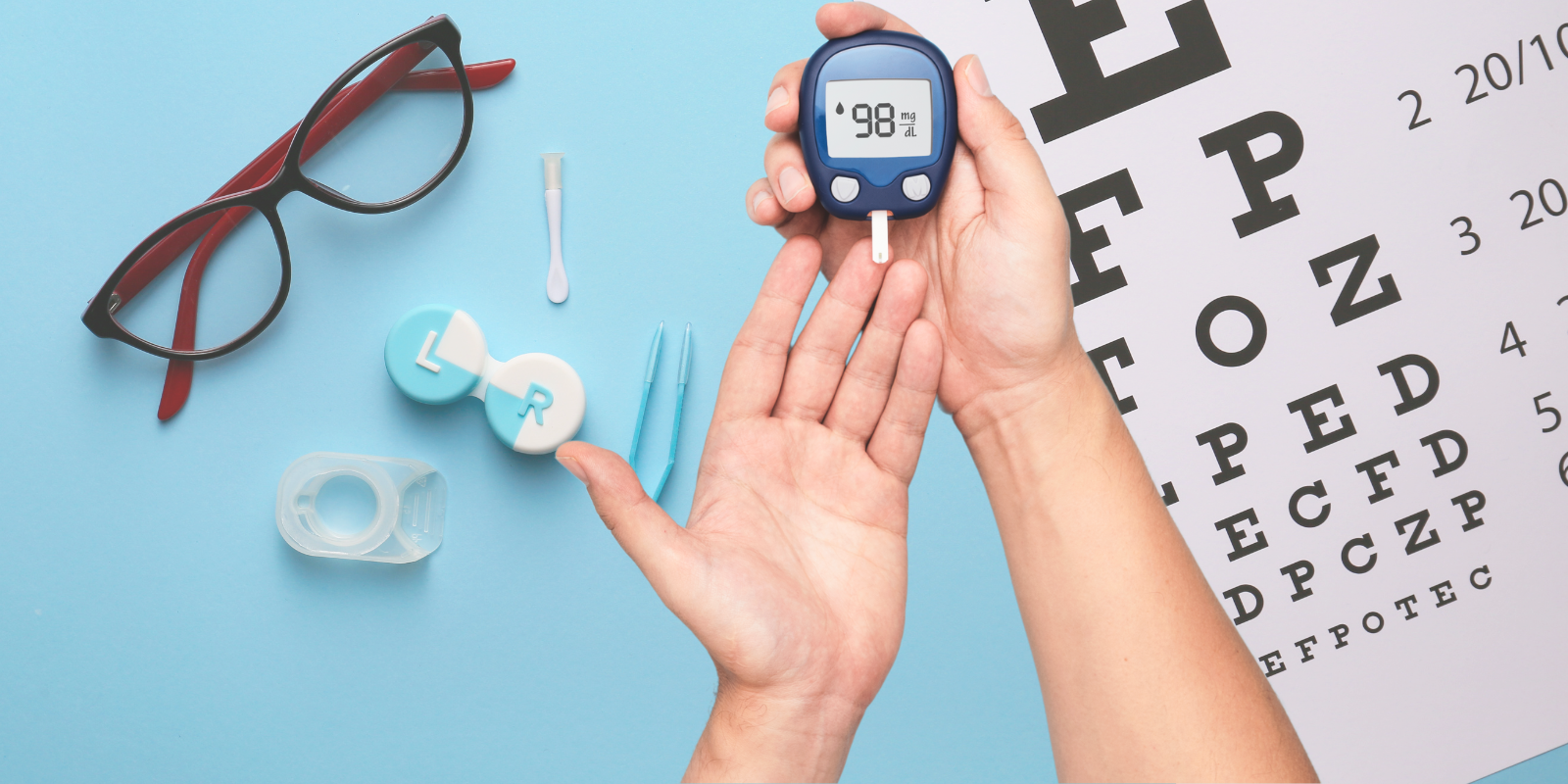In 2021, researchers estimated about 11.6% of the U.S. population had diabetes, according to the Centers for Disease Control and Prevention (CDC).
This chronic metabolic disease, which happens when the body’s glucose, or blood sugar, is too high, can affect organs across the body, including the eyes. Niranjan Manoharan, MD, assistant professor of ophthalmology at the University of Colorado School of Medicine, often treats patients who experiences these vision changes or ocular problems that manifest along with diabetes.
Sometimes he can be the first to spot diabetes, which doctors often say is a “silent” disease, in a patient.
“I've noticed this many times. Patients don't know they have diabetes until we find a problem in the eyes, but they don’t suspect they have diabetes because they haven't had routine care with their primary care doctor,” he says.
Manoharan explains some of the ways diabetes affects ocular health and why managing blood sugar and keeping up with primary care is crucial for vision and keeping the eyes healthy.





